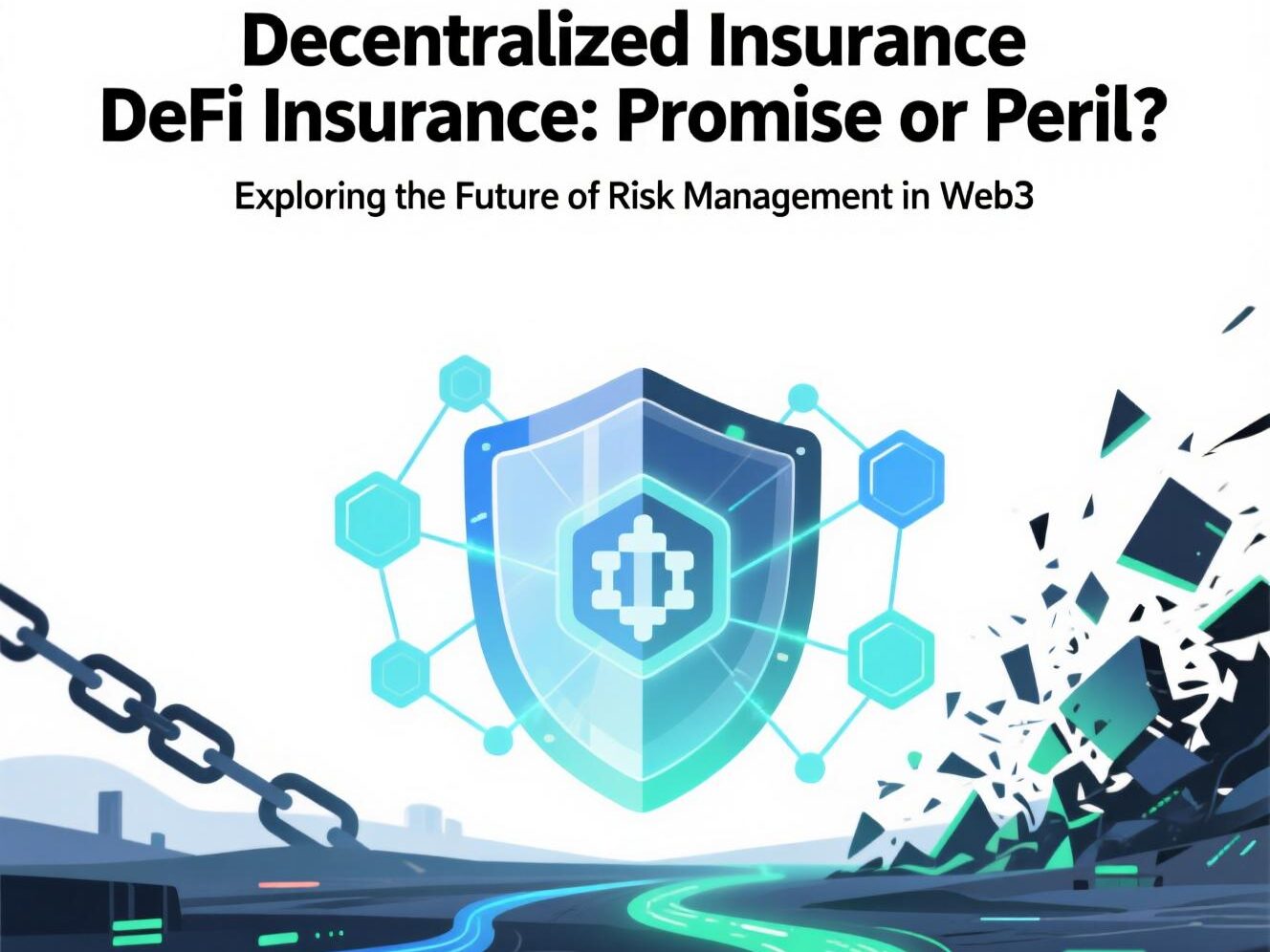
The Emergence of DeFi Insurance in Modern Finance
Decentralized finance, or DeFi, has disrupted traditional financial systems by offering peer-to-peer lending, borrowing, and trading without intermediaries. As this digital ecosystem grows, so does the need for financial protection. Enter decentralized insurance—commonly known as DeFi insurance. Built on blockchain technology, DeFi insurance allows users to pool funds and protect against risks like smart contract failures, exchange hacks, and protocol exploits. While it promises greater transparency and accessibility, it also raises serious concerns about stability, regulation, and long-term viability.
How DeFi Insurance Works
Unlike traditional insurance run by centralized companies, DeFi insurance operates on decentralized networks using smart contracts. Users contribute funds to insurance pools in exchange for governance tokens or coverage rights. When a covered event occurs—such as a protocol breach or asset loss—claims are assessed and paid automatically based on predefined rules encoded in the blockchain. Because there is no central authority, decisions are often made through community voting, and payouts are executed without human intervention. This model reduces administrative costs and eliminates gatekeepers, appealing to users who value autonomy and transparency.
The Promise: Accessibility, Transparency, and Innovation
One of the biggest advantages of DeFi insurance is its inclusivity. Anyone with an internet connection and a digital wallet can participate, regardless of location or credit history. This opens up insurance access to underserved populations and unbanked users. Additionally, all transactions and policy terms are recorded on a public blockchain, making them transparent and auditable. This reduces fraud and builds trust among participants. The innovation in product design is also notable—DeFi platforms offer coverage for digital assets, yield farming, and NFTs, filling gaps left by traditional insurers.
Smart Contracts: Efficiency with Inherent Risks
Smart contracts are the backbone of DeFi insurance, enabling automated underwriting and claims processing. This leads to faster payouts and lower operational costs. However, these same contracts are only as secure as their code. Bugs, vulnerabilities, or coding errors can be exploited by hackers, leading to massive losses. Several high-profile DeFi platforms have suffered exploits due to flawed smart contracts, undermining confidence in the system. Unlike traditional insurers, DeFi protocols often lack the capital reserves to cover large-scale breaches, leaving policyholders exposed.
Liquidity and Solvency Challenges
A major concern in DeFi insurance is liquidity. Insurance pools rely on sufficient capital to pay claims, but participation can be volatile. If a major incident triggers multiple claims at once, pools may not have enough funds to cover losses—leading to partial payouts or collapse. Unlike regulated insurers that maintain solvency margins, most DeFi insurance models lack formal capital requirements. This makes them vulnerable during periods of high stress, turning them into a high-risk proposition for both investors and policyholders.
Regulatory Uncertainty and Legal Gaps
DeFi insurance exists in a largely unregulated space. Without oversight from financial authorities, there is little recourse for users in case of disputes, fraud, or platform failure. Regulators around the world are beginning to examine DeFi models, with some classifying governance tokens as securities and demanding compliance. This evolving landscape creates uncertainty. Platforms that fail to adapt could face shutdowns or legal action, jeopardizing user funds and undermining the entire model.
Reputation and Trust in a Permissionless System
Trust in DeFi insurance relies heavily on community reputation and code audits. While some projects undergo rigorous security reviews, others do not. Users must conduct their own due diligence, which many lack the expertise to do. This information asymmetry can lead to poor decision-making and financial loss. Moreover, the anonymous nature of many DeFi teams makes accountability difficult. When things go wrong, there is often no one to hold responsible.
The Role of Hybrid Models in the Future
To balance innovation with stability, many experts believe the future lies in hybrid insurance models—combining the efficiency of blockchain with the safeguards of traditional finance. These models could involve regulated entities partnering with DeFi platforms, offering reinsurance, or providing capital backstops. Such collaborations could enhance credibility, improve risk assessment, and ensure better consumer protection while preserving the benefits of decentralization.
Conclusion: A High-Risk, High-Reward Frontier
Decentralized insurance represents a bold experiment in financial inclusion and technological innovation. It holds real promise for protecting digital assets and serving users excluded from traditional systems. However, it also carries significant perils—security flaws, liquidity shortfalls, and regulatory risks. For now, DeFi insurance remains a high-risk frontier rather than a reliable safety net. Investors and users should proceed with caution, and the industry must prioritize security, transparency, and sustainability to realize its full potential. The future of DeFi insurance depends not just on technology, but on building trust in a trustless world.